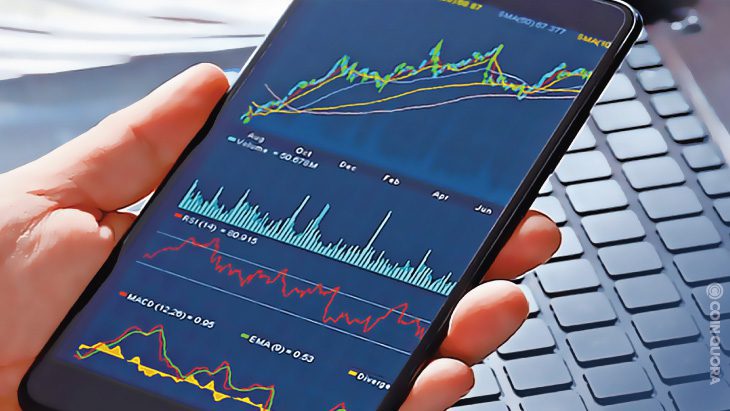It makes abundant sense – why not use a smartphone as a trading device for cryptocurrencies and decentralized finance assets?
After all, it’s relatively easy to put a digital crypto wallet on one of these devices. Since the smartphone is portable, you’ll always have access to your portfolio and trading options in your favorite exchanges.
In some very fundamental ways, mobile trading is innovating crypto markets in a big way. Here’s some of what users are looking for, and what’s driving interest in either crypto day trading, arbitrage or other strategies through the kinds of exchanges and platforms that have sprung up to help manage cryptocurrency assets.
The Big Ones: Liquidity Aggregators
Some of the most popular mobile trading environments for crypto are liquidity aggregators that span various individual exchange environments and collect all of that trading capability on one platform. FTX, formerly known as Blockfolio, is one of these. So is Tab Trader. Typically, the liquidity aggregator will also handle a lot of different pairs and give traders access to quite a few detailed options during a trading cycle.
Low Fees
The promise of the blockchain was that transactions could be done with low fees and frictionless architectures. That’s largely borne out, although the issue of gas fees has led some second-layer blockchains toward a level of popularity.
Platforms like eToro offer a reputation for low fees, and are sometimes popular choices for crypto traders. In general, platforms are seeing the benefit of offering low-fee or no-fee services and making up that difference elsewhere. That’s something to look for in the crypto industry as a whole.
Tracking Tools
In the course of managing all of your cryptocurrency and trading through an exchange environment, it’s also good to have portfolio tracking tools to see how you’re doing with your trades, and what kinds of value you are accruing.
Modern mobile trading platforms are starting to build in more portfolio tracking tools, like performance analysis dashboards and chart activity tools that will help traders to better understand what’s going on day-to-day, and how their trades are affecting their bottom lines.
Market Tools
Some of the front-running exchanges are also building in more market tools that mirror what’s possible with traditional finance. Although the crypto industry is a much different animal, there’s the sense that offering familiar trading tools can enhance how investors approach a platform.
For example, with the recent addition of functionality for market and limit orders, and the ability to cancel open orders, Atani is bringing new functionality to its crypto trading platform, to help with providing a more agile brokerage atmosphere for users.
Since many people who were used to traditional finance already understand how these features work, applying them to cryptocurrency can be a popular way to innovate.
Through all of this, new options are springing up for both short-term and long-term crypto trading and analysis. Another big name is Coinbase, which made headlines with its public COIN token offering last year.
Again, the mobile trading platform can complement a particular digital wallet strategy. In addition to all of the digital exchanges that are out there, there are physical ATMs and cryptocurrency machines on the streets that represent other opportunities to buy and sell strategically.
So keep an eye on the mobile crypto trading landscape. This is a quickly proliferating market space, and new tools and options are coming online all the time.


